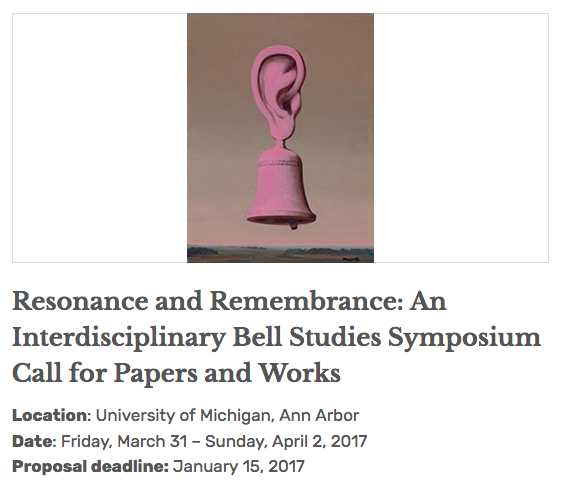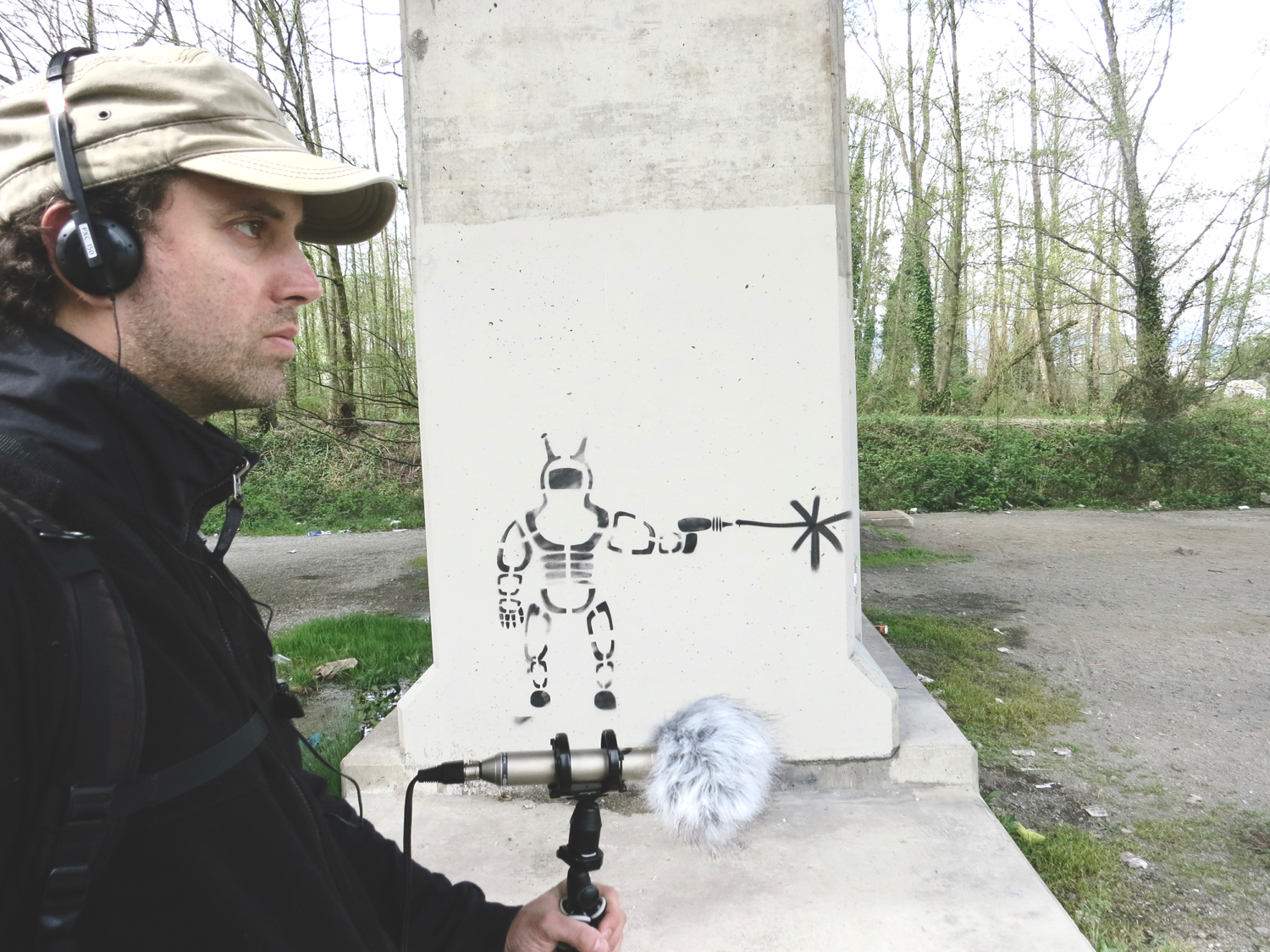Bell Tower of False Creek Premiere at Resonance and Remembrance Symposium April 1st 2017
The new film component of my Bell Tower of False Creek project will have its first public screening at the Resonance and Remembrance Interdisciplinary Bell Studies Symposium at the University of Michigan, Ann Arbor, next Saturday, April 1st 2017. It has been programmed in the Saturday night concert (details below).
Program Notes:
A thick fog gathers under Vancouver’s Burrard Bridge in the winter of 2013, blotting out the gentrified skyline across the waters of False Creek. It’s the centenary of the first systemic clearance of indigenous residents from Kitsilano Indian Reserve on this site in 1913, and one can almost imagine the air filled with the smoke of shelters set ablaze or the chimneys of industry that settled on these shores thereafter. The sounds of transportation have been a mainstay here since rail lines first cut through the reserve in 1899, trains joining churches in the ringing of bells that defined the boundaries of early settler communities. Industrial urbanization would soon step in to sound out the economic heart of the newly incorporated city, replacing the parishes of old and Native communities older still. Today the trains are gone, but the thumping of bridge traffic in the absence of industry reveals the continuingly shifting status of the contested lands underneath.
Bell Tower of False Creek uses the church bell as metaphor for the traffic on Burrard Bridge as it casts an acoustic profile roughly equivalent to the area recently returned to the Squamish Nation as reserve lands in 2002. Recorded on the 40th anniversary of the World Soundscape Project’s first major case study on the city of Vancouver, the film juxtaposes archival recordings of the WSP members in conversation about the city’s endangered sounds with new audiovisual material exploring current indigenous presence around the bridge. Amidst the fog, listeners are invited to imagine the sound of traffic noise recasting the bells of old as markers of territorial boundaries, challenging stereotypical biases against urban noise pollution (typical of the work of early acoustic ecology) in order to rethink narratives that posit the death of indigenous culture in the face of modernization.


